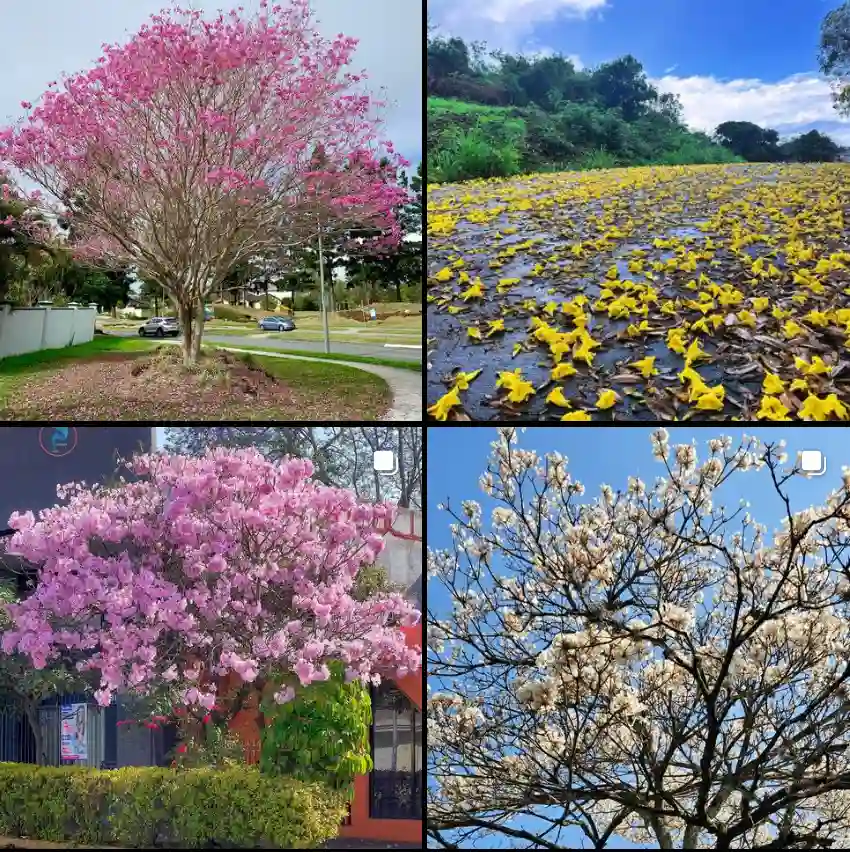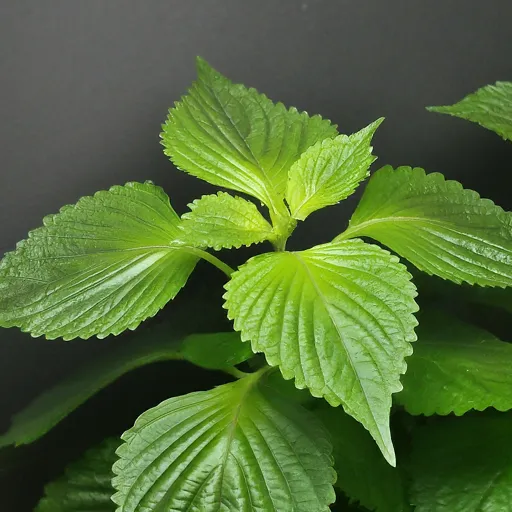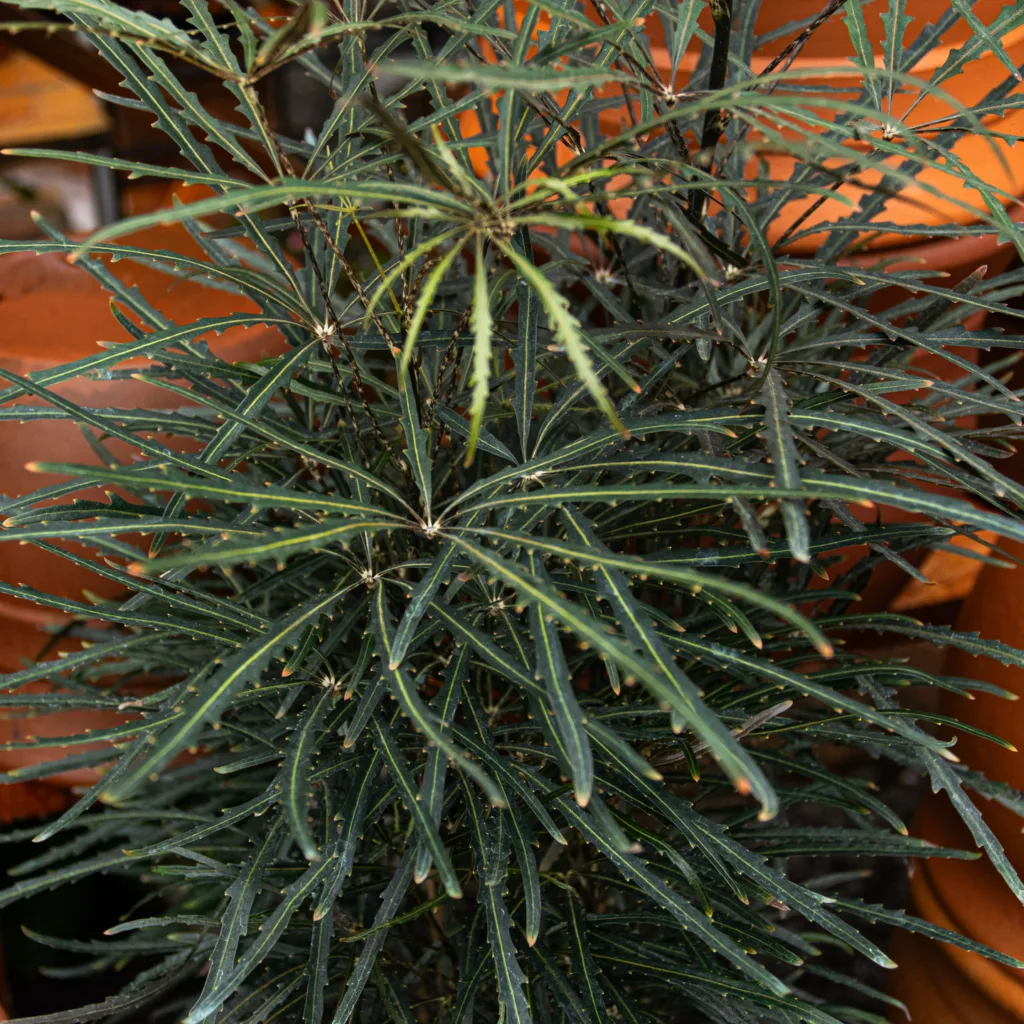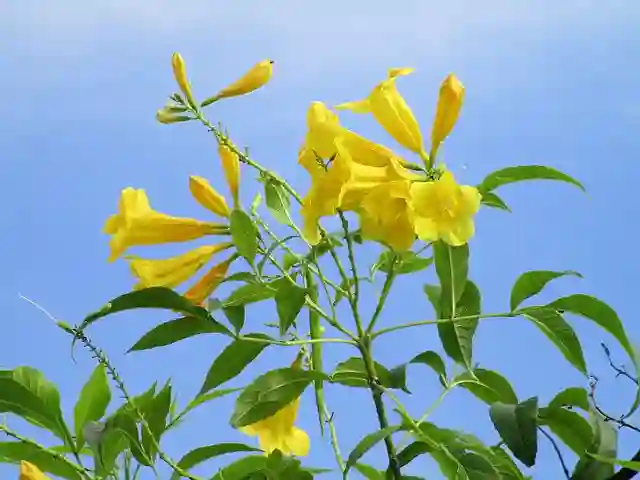What is Sinowilsonia Henryi?
Sinowilsonia Henryi is an intriguing plant that I’ve grown quite fond of. This evergreen shrub hails from China and is known for its glossy, dark green leaves and delicate, creamy white flowers. It’s part of the Hamamelidaceae family. Sinowilsonia Henryi is often admired for its unique appearance and resilience, making it a favorite among gardeners looking for something a bit different.
Plant Family: 26 Genera in Hamamelidaceae
How to Care for Sinowilsonia Henryi?
Caring for Sinowilsonia Henryi is relatively straightforward once you know what it needs. Here are the key points:
- Light: This plant thrives in partial to full shade. In my experience, it does well under the canopy of taller trees or in areas with dappled sunlight.
- Soil: It prefers well-draining soil. A mix of loam and sand works well. Make sure the soil remains moist but not waterlogged.
- Water: Regular watering is essential, especially during dry spells. However, be cautious not to overwater, as this can lead to root rot.
- Temperature: Sinowilsonia Henryi is hardy in USDA zones 7 to 9. It can handle cold temperatures down to about 10°F (-12°C), making it quite resilient in cooler climates.
- Fertilizer: I recommend a balanced, slow-release fertilizer in spring. This helps promote healthy growth and flowering.
How to Propagate Sinowilsonia Henryi?
Propagation of Sinowilsonia Henryi is a rewarding process. I’ve had success with the following methods:
- Cuttings: Take softwood cuttings in late spring or early summer. Dip them in rooting hormone and plant them in a mixture of peat and perlite. Keep the cuttings moist and in a warm, shaded area until they develop roots.
- Seeds: While less common, you can propagate from seeds. Sow them in a seed-starting mix and keep them in a warm, sunny location. Germination can take several weeks.
What to Plant With Sinowilsonia Henryi?
Sinowilsonia Henryi pairs beautifully with other shade-loving plants. I’ve found that it complements hostas, astilbes, and ferns well. The contrast between its glossy leaves and the soft textures of these plants creates a lush, harmonious garden space.
Benefits of Sinowilsonia Henryi
One of the biggest benefits of Sinowilsonia Henryi is its versatility. It can serve as a lovely backdrop in shaded garden beds or as a striking specimen plant. Additionally, its evergreen nature provides year-round interest and structure to the garden. Its flowers, though not overpowering, offer a subtle beauty that can brighten up a shaded area.
Toxicity
Fortunately, Sinowilsonia Henryi is not known to be toxic to humans or pets. This makes it a safe choice for gardens where children and animals are present.
Common Problems
Like any plant, Sinowilsonia Henryi can face a few issues:
- Pests: Keep an eye out for aphids and spider mites. I’ve dealt with these by using insecticidal soap and regularly checking the undersides of leaves.
- Diseases: Root rot can be a problem if the plant is overwatered. Ensure proper drainage to avoid this issue. Fungal diseases are also possible, so good air circulation and avoiding overhead watering can help prevent them.
Compare With Other Plants
Sometimes Sinowilsonia Henryi gets confused with other similar plants, such as:
- Osmanthus: Both plants belong to the Oleaceae family and have similar glossy leaves and small flowers. However, Osmanthus flowers are generally more fragrant, while Sinowilsonia Henryi has a more subtle scent.
- Ligustrum: Another member of the Oleaceae family, Ligustrum has similar growth habits but usually features more pronounced, aromatic flowers.
In summary, Sinowilsonia Henryi is a versatile and attractive plant that adds beauty to shaded garden areas. Its care requirements are manageable, and it provides year-round interest with its evergreen foliage and delicate flowers. By keeping an eye out for common pests and diseases, you can enjoy a thriving, lush addition to your garden.
If i die, water my plants!



